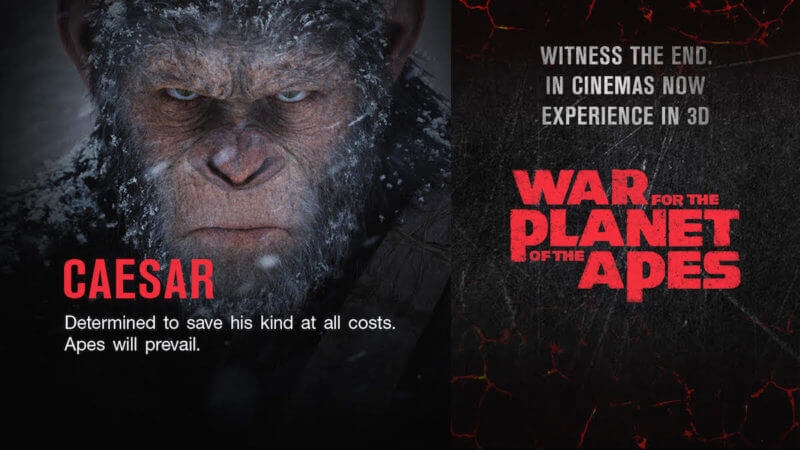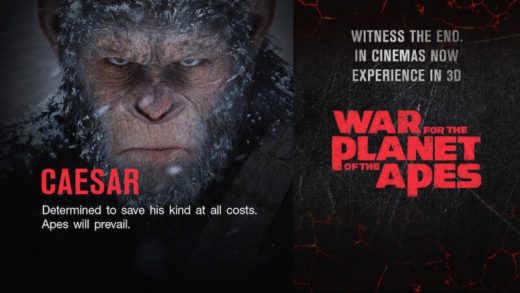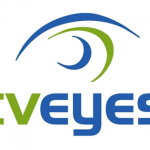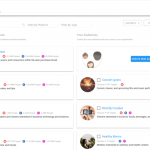Tapjoy adds interactive End Cards after its rewarded video ads
They supplement the company’s previous static cards and point to ways that advertisers are looking to offer calls to action for engaged users.

A screen from the End Card for “War for the Planet of the Apes”
Tapjoy specializes in rewarded ads in mobile apps, such as when a gamer might get additional energy for her character if she watches a 15-to-30-second video ad.
This week, the San Francisco-based firm is extending its rewarded video ads with rich media End Cards that offer additional info and such calls to action as making a purchase, visiting a website, downloading another app or entering into a social media channel for a conversation. Real-time A/B testing and verification by third-party service Moat are available for the End Cards.
This is Tapjoy’s first employment of interactive cards after its video ads. Previously, the company occasionally provided static cards. End Cards can also show up after short mobile gamelike ads, such as mazes.
Senior Marketing Manager Lauren Friscia-Baca told me that, at the moment, deep links from the End Cards to other apps are not supported, although her company is working to add them. Deep links go directly to specific content inside another app. Currently, the link-to-app goes to the home screen of an installed app, or to an app store for a download of that app.
One of the first advertisers to test the new End Cards was movie studio 20th Century Fox for its recently released movie, “War of the Planet of the Apes.” A video trailer was followed by an End Card which, when swiped, showed images and descriptions of two of the movie’s main characters, Caesar and The Colonel. Additionally, a link to Fandango allowed a user to buy tickets.
Friscia-Baca said the End Card generated a 5 percent click-through rate for ticket buying, compared to an average of 3 to 4 percent. Additionally, users are participating in the rewarded ad experience for an average of an additional 15 seconds spent with the Cards.
The basic idea is that anyone who makes it to the end of a video ad is at least somewhat interested in that product, and End Cards allow the advertiser to offer a call to action as a follow-up. A bit similarly, Twitter has just released a Video Website Card ad format that joins a video ad with a site link.
Marketing Land – Internet Marketing News, Strategies & Tips
(15)














